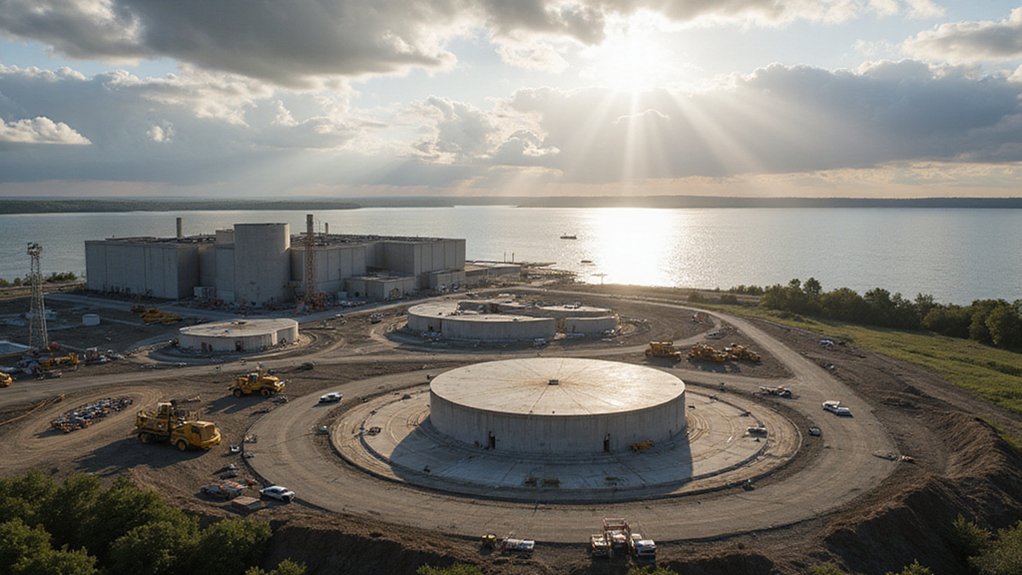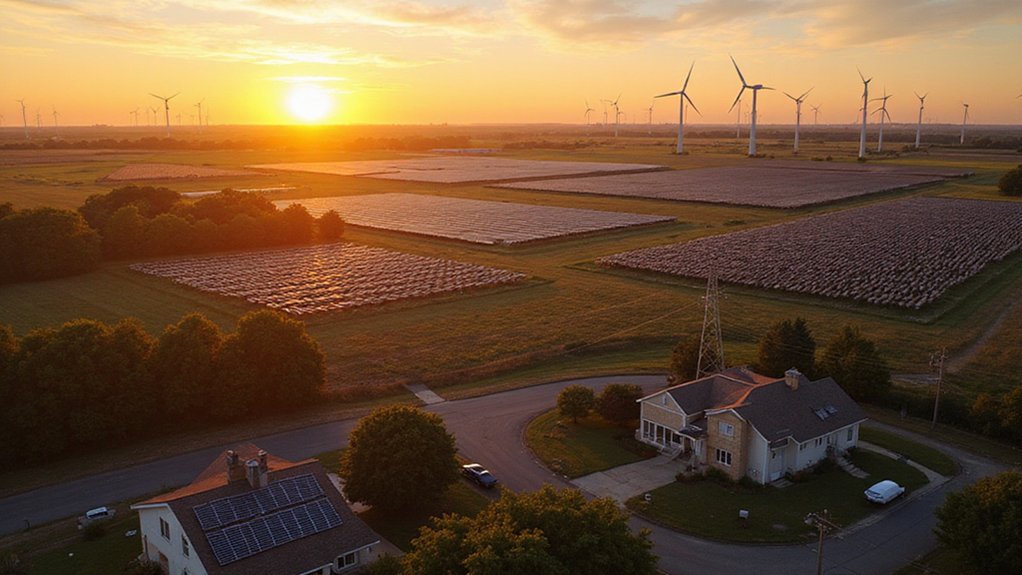Ontario has launched a game-changing energy project this week. Workers broke ground on a mini-nuclear reactor at the Darlington site, investing CAD20.9 billion in small modular reactor technology. The BWRX-300 design promises to deliver clean, reliable power to meet growing demands. This project creates local jobs while positioning the province as a leader in sustainable energy. The question remains: will other regions follow Ontario’s bold move into nuclear innovation?
A major milestone in clean energy development has been reached as Ontario and Ontario Power Generation have approved a CAD20.9 billion plan to build small modular reactors (SMRs) at the Darlington site. Final approval was given on May 8, 2025, with construction set to begin soon at a location adjacent to the existing Darlington Nuclear Station.
The project will feature the BWRX-300 small modular reactor design created by GE Vernova Hitachi Nuclear Energy. Each unit will generate 300 MW of power, enough to supply 300,000 homes with electricity. The design received construction license approval from Canada’s nuclear regulator in April 2025.
Construction will start with the first unit scheduled for completion by 2030. Eventually, four SMR units will be built at the Darlington site, with all units expected to be operating by 2035. The first unit is projected to cost CAD6.1 billion, with costs expected to decline for subsequent reactors.
This project represents the first new nuclear build in Ontario in more than three decades. It’s positioned to be the first SMR deployed in any G7 country. Currently, only Russia and China have completed small modular reactors.
The total project cost for all four units is estimated at CAD20.9 billion (USD15.1 billion). The initiative will support provincial companies and create jobs for Ontarians, utilizing Ontario’s robust nuclear supply chain. The innovative SMR technology incorporates passive safety systems that enhance operational security without requiring active intervention. The BWRX-300 offers a standardized design approach that reduces complexity and cost compared to traditional nuclear reactors.
These SMRs will help meet Ontario’s projected 75% rise in power demand by 2050. Unlike geothermal energy with its capacity factors of 96%, nuclear SMRs can achieve even higher reliability ratings while maintaining low carbon emissions. They’ll provide clean, reliable baseload power generation as part of the province’s strategy to expand low-carbon energy sources.
Energy Minister Stephen Lecce announced the project at a news event, highlighting the provincial government’s support. The project aligns with Canada’s climate goals and energy security objectives.
Early site preparation work at Darlington has already been completed. The site currently houses four operational large-scale nuclear plants, making it an ideal location for this groundbreaking project that could encourage broader adoption of SMR technology worldwide.
References
- https://www.gevernova.com/news/press-releases/ge-vernova-hitachi-ontario-power-generation-build-first-small-modular-reactor-western-world-canada
- https://www.nucnet.org/news/go-ahead-for-project-to-build-canada-s-first-small-modular-reactors-5-4-2025
- https://www.axios.com/2025/05/08/ontario-small-modular-reactor-to-be-first
- https://www.bnnbloomberg.ca/business/2025/05/08/canada-to-build-small-modular-nuclear-reactor-first-within-g-7/
- https://www.world-nuclear-news.org/articles/opg-gets-go-ahead-to-build-first-smr-in-canada








